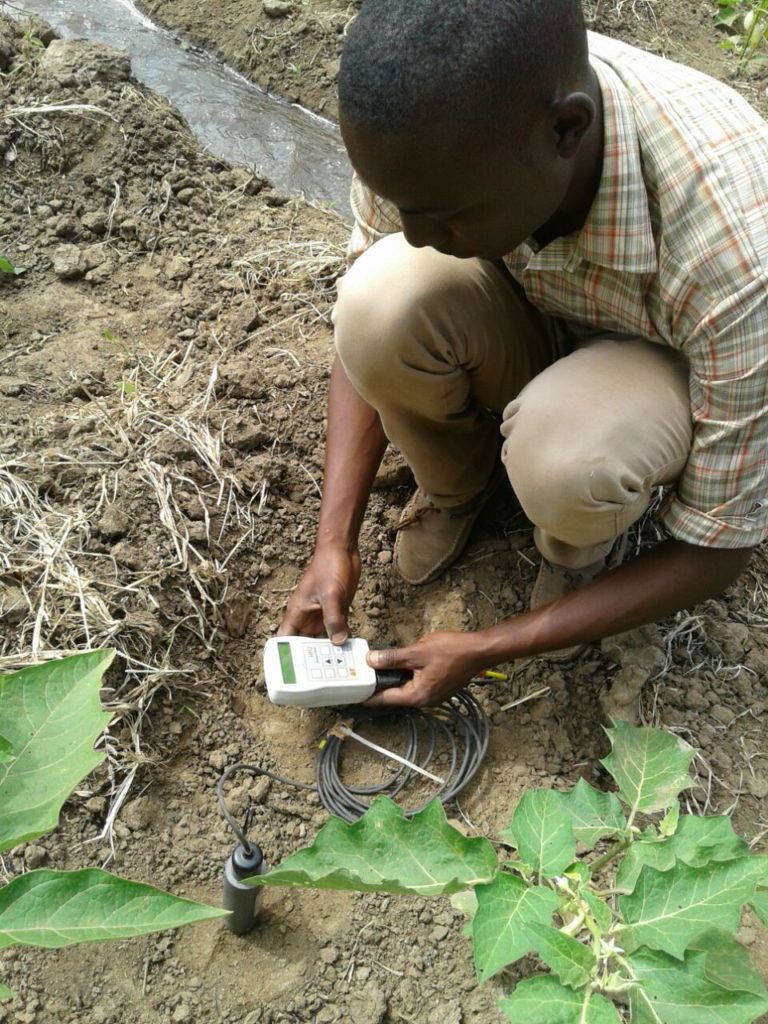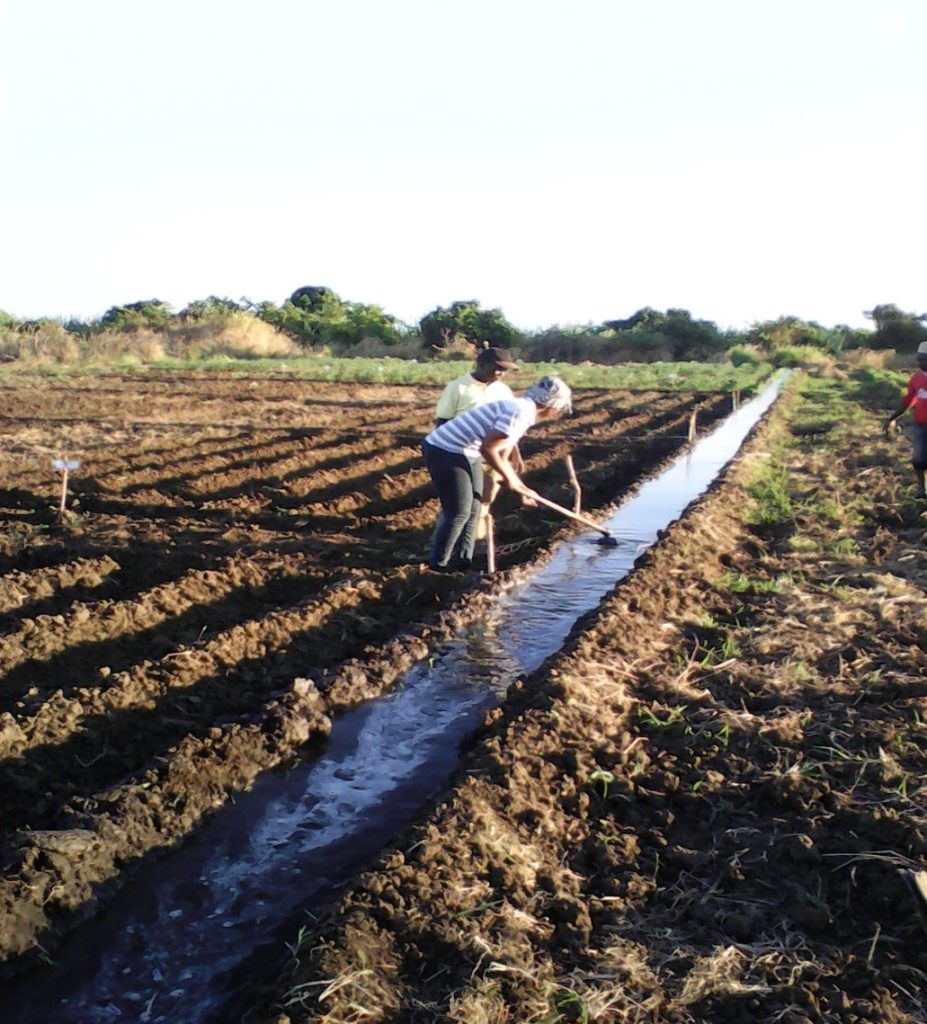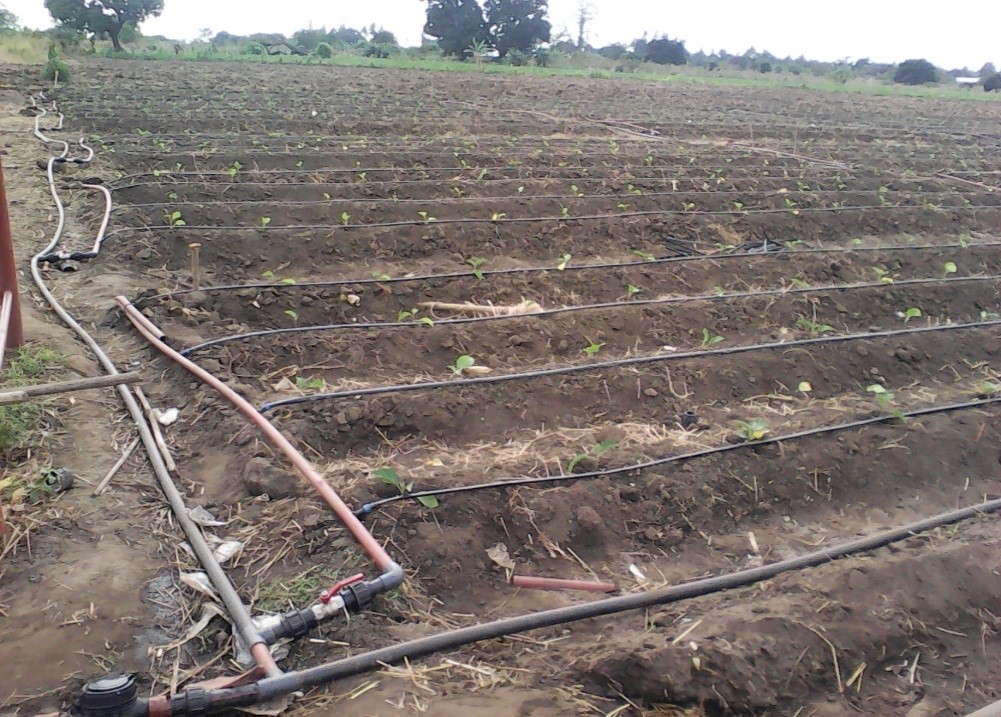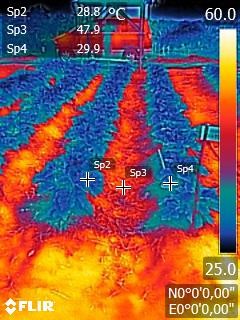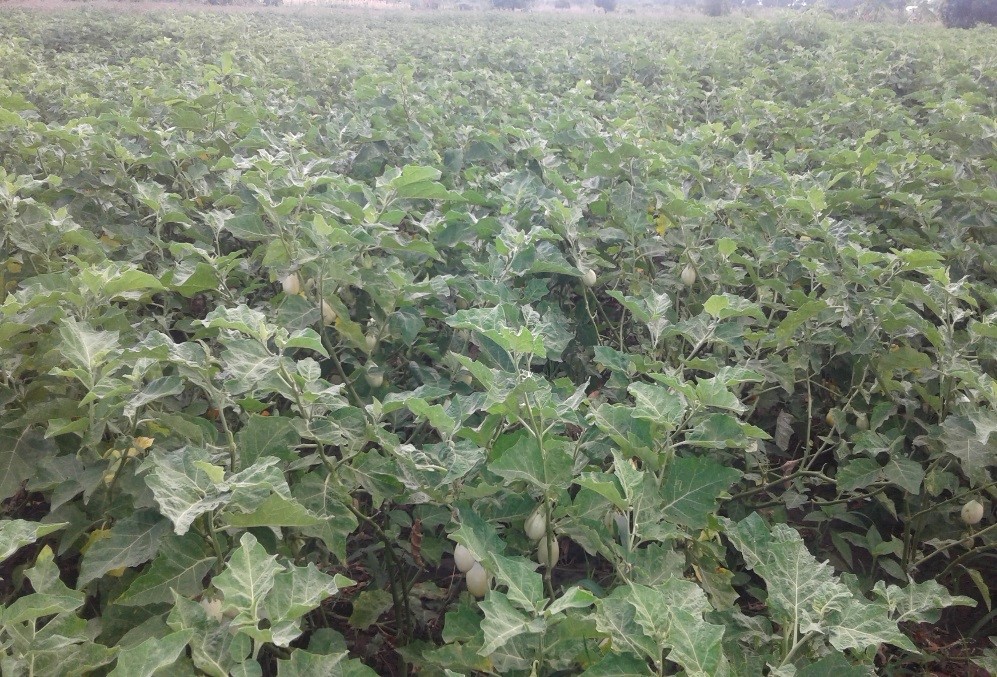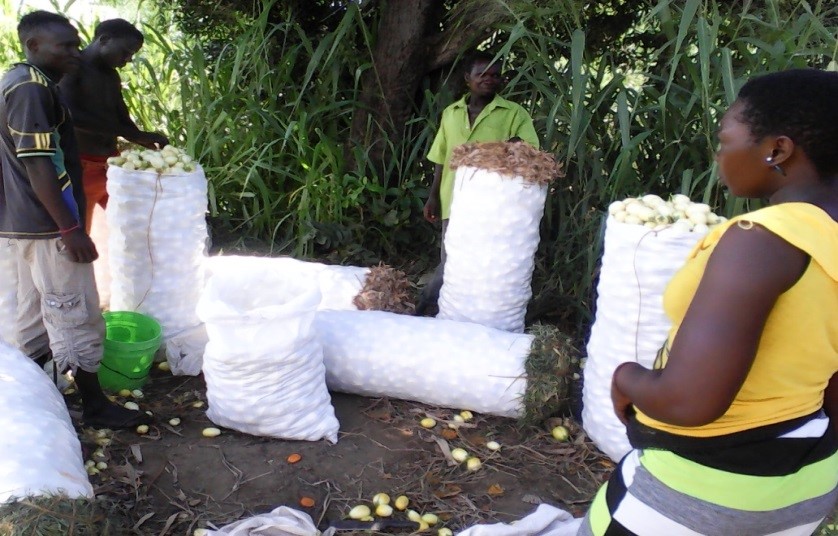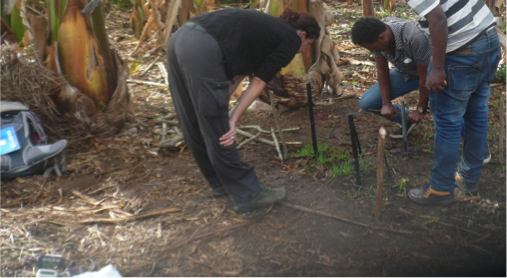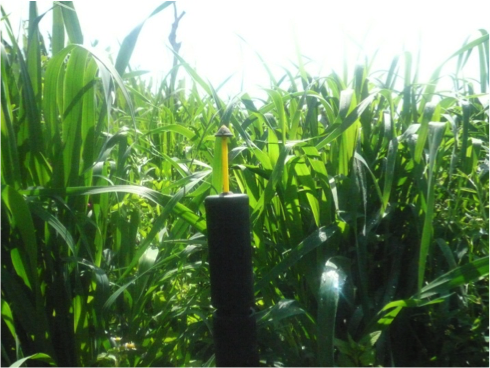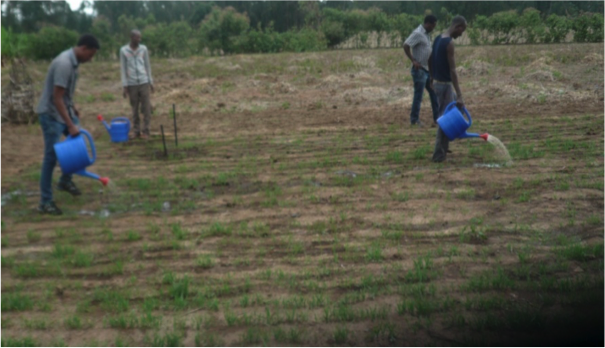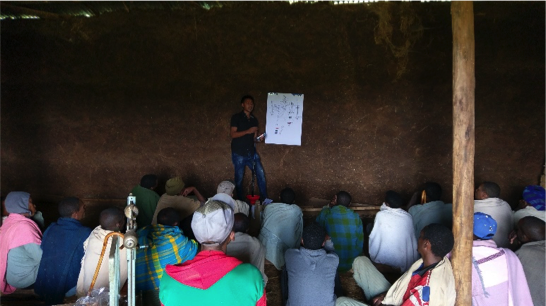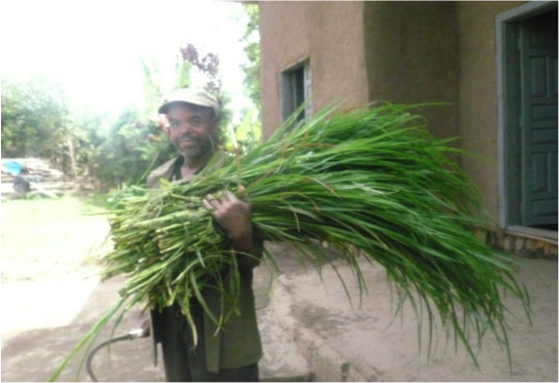Fati Aziz currently works as a Postdoctoral Research Associate at the Texas A&M University in College Station, USA. She completed a PhD in Climate Change and Water Resources in November 2017 at the University of Abomey-Calavi in Benin, based on modeling work completed under the Feed the Future Innovation Lab for Small Scale Irrigation (ILSSI). The PhD was sponsored by the German Federal Ministry of Education and Research through the West African Science Service Center on Climate Change and Adapted Land use (WASCAL).
What was the focus of your work with ILSSI and what were your most important findings?
In June 2015, during my PhD, I joined the Integrated Decision Support System (IDSS) team at the Texas A&M University as a visiting scientist for five months. I received training in the Soil and Water Assessment Tool (SWAT) tool, which can be used to simulate the quality and quantity of surface and groundwater and to predict the environmental impact of land use, land management practices, and climate change.
Then, in February 2016, I participated in an IDSS training organized by ILSSI in Accra, Ghana, and that’s when I finished the calibration and validation of the SWAT model for river discharge and sediment loads in the Black Volta River Basin.
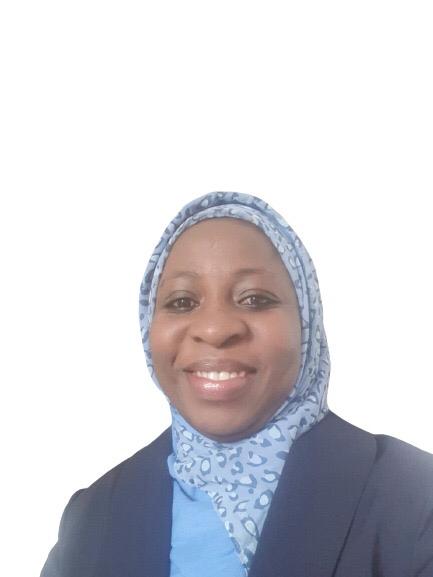
The Black Volta River Basin is the biggest sub-basin of the Volta River Basin, and it is shared by Burkina Faso, Ghana, Côte d’Ivoire, and Mali. Although its waters support significant economic activities, such as agriculture and energy production, the availability and use of water is threatened by population growth, changes in land use and land cover, and climate change.
Because I wanted to study the impact of climate change, land use and land cover change on the flow and sediment yield of the Black Volta, calibrating and validating the model was a critical step in my research. Proper model calibration and validation reduces errors in simulations and increases users’ confidence in the tool’s ability to make future projections.
When reviewing how well the SWAT model performed in terms of simulating the historical flow and sediment yield of the Black Volta, based on quantitative statistics during monthly calibration and validation, I found that the model simulated the two variables well during most of the calibration and validation periods.
Finally, when using the calibrated and validated model for projections, I found that all the model scenarios I used projected an increase in flow and sediment yield in the basin during the late (2051–2075) and end of the 21st century (2076–2100) periods, relative to the historical period (1981–2010). This was true for both seasonal and annual projections.
For example, the end-of-the-century projections under the RCP 8.5 scenario (the Representative Concentration Pathway 8.5 scenario, which represents one of several greenhouse gas concentration trajectories) showed an increase in flow ranging between +69% and +243% across models. The sediment load increase ranged between +358% and +412%. An increase in streamflow may result in floods in the basin region, while higher sediment load may increase the turbidity of the river and cause loss of reservoir storage. Since most of the population in the basin depend on agriculture for their livelihood, measures to cope with increasing floods and droughts, such as enlarging existing reservoirs to take up extra water for storage and for irrigation purposes, should be explored and developed well ahead of time.
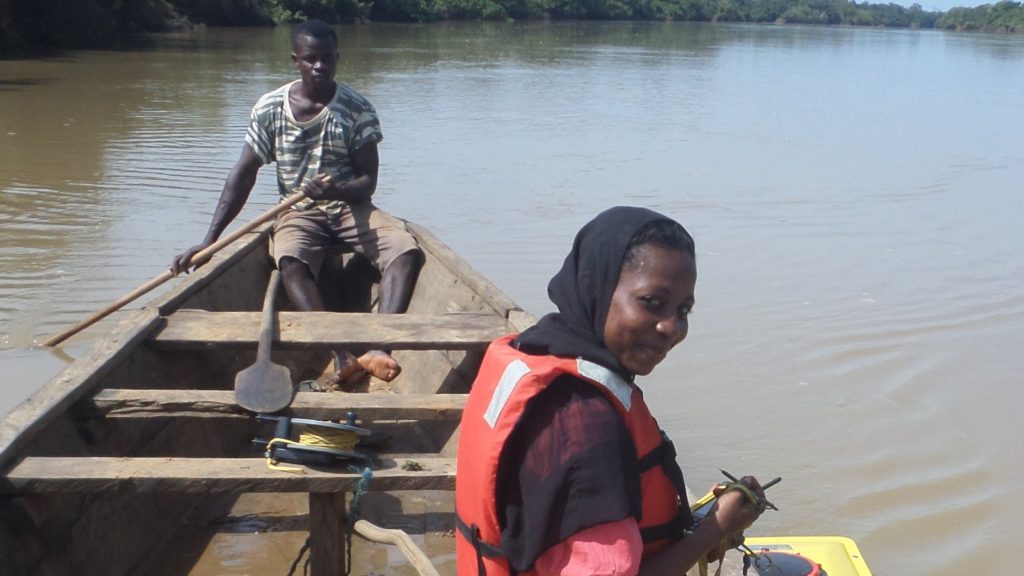
Why did you choose the discipline you work in? What pulled you toward this as a scientist?
Given the rapid increase in global population, urbanization, and climate change, among other challenges, optimum management of natural resources presents one of the most critical challenges of our time. Wanting to contribute to better and sustainable water resource management policies, which are based on sound scientific evidence, made me focus on this field.
What are your experiences as a woman scientist in modeling, which tends to be dominated by men, and would you encourage other women to work in this discipline?
My experience in this field is mostly positive. The male-dominated nature of the field is a great source of inspiration to me as it pushes me to work harder. Fortunately, my male colleagues are very receptive and respect my perspectives. Currently, as the only woman in my IDSS research group at Texas A&M University, I receive enormous support and encouragement from my male colleagues.
My dear woman, if scientific modeling is something you’re interested in, I strongly encourage you to go for it. Trust me, there’s real joy in “breaking boundaries” doing what you love.
What is your current focus of study and what changes do you hope will come from it?
I am currently assessing land suitability for cocoa cultivation in Ghana and Côte d’Ivoire using a multi-criteria evaluation technique based on geographical information systems (GIS). My study is part of a bigger research effort that aims to assess the use of supplemental irrigation to improve the production of cocoa and other cash crops in West African countries. My findings may assist stakeholders in developing better crop management strategies that improve yield and environmental sustainability. We hope that using supplementary irrigation for vegetables and cocoa seedlings will lead to increased food production, household income, and nutrition in the West African region.

